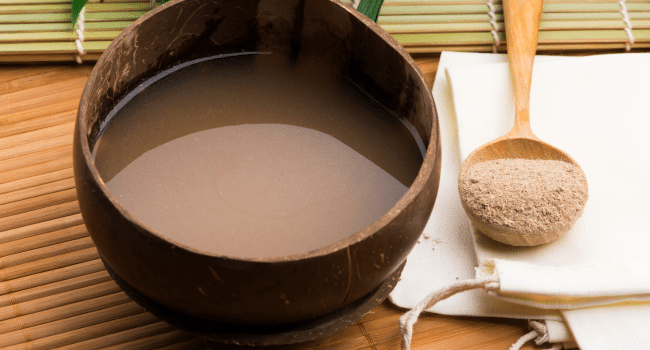Table of Contents
Kava, a plant native to the Pacific Islands, has been a cultural cornerstone for generations. Known scientifically as Piper methysticum, kava has played a pivotal role in the social, religious, and political life of many Pacific Islander communities. This article delves into the history of kava, its traditional uses, and how it has been revered by communities that have cherished it for centuries. Moreover, it examines the practices around its preparation and consumption, highlighting how these traditions continue in the modern-day, particularly in places like Fiji.
The Historical Significance of Kava
In many Pacific cultures, the kava plant has been more than just a beverage; it has been a symbol of hospitality, peace, and respect. The use of kava can be traced back over 3,000 years, originating from the islands of Vanuatu or perhaps Fiji. From these islands, kava spread throughout the Pacific region, becoming entrenched in the societies of Tonga, Samoa, and Hawaii.
Throughout history, kava ceremonies have been central to important societal functions. These include mediation of conflicts, the welcoming of guests, and the inauguration of chiefs and leaders. In such events, the presence of kava typifies a deep respect for the proceedings and the people involved.
Traditional Preparation of Kava
The traditional preparation of kava is a meticulous process. It involves the harvesting of the root of the kava plant, which is then cleaned, ground or chewed, and mixed with water to create a muddy, earthy-tasting beverage. The method of preparation and the recipes themselves are passed down through generations, each distinctive to the specific culture or region. For many, the act of preparing kava is steeped in ritual and often accompanied by chants or prayers, contributing to its sacred status.
In Fiji, for instance, preparation methods have been perfected over centuries. The traditional method involves the Fijian Kava being ground into a fine powder before mixing with water, and then strained through a fine cloth to produce the final drink. This process is often a communal activity, reinforcing social ties and fostering a sense of community.
Modern-Day Rituals and Consumption
Despite the changing world, the consumption of kava remains a significant cultural rite within Pacific societies. Modern-day kava ceremonies still echo the past, abiding by the protocols that have defined them for ages. However, with the convenience of technology and global trade, the process of preparing kava has seen adaptations without losing its essence.
Today, kava bars or ‘nakamals’ act as social hubs in many Pacific Island nations, where people come together to relax and engage in conversation after a day’s work. Various kava products are also available for personal use, whereby individuals can prepare the drink at home, allowing them to uphold traditions even in a personal space.
Kava in the Contemporary World
The appeal of kava has now reached global markets. With a growing interest in its calming properties, kava has found a new audience worldwide. Within Australia, for instance, there is an increasing demand for this traditional beverage, and people can buy kava Australia, enjoying the plant’s soothing effects while respecting its cultural significance.
While commercial availability has made kava more accessible, it has also instigated conversations around sustainable and ethical sourcing. This is an important consideration to ensure the protection of the cultural practices and economies of the Pacific Island nations from which kava originates.
Preservation of Kava Culture
The preservation of traditional kava practices is critical to maintaining its cultural identity. Organizations and companies that engage in the kava trade play a part in this. An example is Root & Pestle, which respects the tradition of kava while providing a platform for its broader appreciation and understanding.
Education around the proper use and significance of kava also plays a vital role in preserving its roots. By understanding the cultural backdrop of kava, consumers can appreciate the rich history and significance that each cup embodies, beyond its relaxing benefits.
Conclusion
In conclusion, kava is not merely a plant or beverage; it is a living tradition that encapsulates the spirit, history, and values of Pacific Islander cultures. From the meticulous preparation rituals to the modern-day kava bars, every aspect of kava reflects a timeless heritage that has managed to persist in an ever-evolving world. As interest in kava continues to grow, it is the responsibility of both suppliers and consumers to honour and uphold the traditional roots of kava, ensuring that its legacy endures for generations to come.
It is through the respect of traditional practices and the ethical sourcing of kava that we can best appreciate the cultural richness of this ancient plant. As it continues to weave its way into the fabric of varied societies, the story of kava serves as a testament to the endurance of tradition in the face of a changing world.
We must continue to acknowledge and celebrate the traditional roots of kava, ensuring that as it is embraced globally, its cultural integrity remains intact. In doing so, we not only savour a unique beverage but partake in a legacy that is deeply interwoven with the identities and livelihoods of Pacific Island communities.
